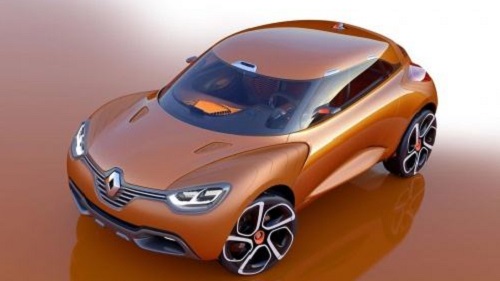
Automotive headlight design is an important part of the Renault brand these days, and our "C-shape" LED-based headlights are a signature part of the appeal of our cars. About 30% of the cost of automotive headlight assemblies can be found in the mechanics and 70% in the electronics. Hence, any savings that can be made on the electronics side will have a profound influence on the overall cost of these units. This article outlines how we have broken down our headlamp costs and used thermal analysis tools to incrementally optimize headlight design, achieving a 50% cost reduction in the two years from 2014-2016, and how we intend to halve it again in the next few years while relying on solid-state lighting (SSL) technology.
Interested in articles & announcements on LED headlamp design?
In Generation 1 of our full LED headlight assemblies, we looked at six of our C- and D-segment vehicles (medium and large vehicle classifications in Europe) from the Espace to the Koleos. We first standardized all platforms to one common height sensor, one common static leveler, one common DRL (daytime running light)/low beam/high beam driver, one common central connector, and common low- and high-beam modules with two suppliers for each. We did this in one year by examining the partition of costs and standardized about 60% of the components of our headlights.
The plastics we used only made up about 30% of the overall assembly price. The volume effect is the main cost factor for a headlamp's part price, as is its supply entry ticket. However, by moving from halogen headlights in 2012 to LED-based headlights in 2014, the overall costs went up four-fold. This gave us the impetus to see if we could cut costs in Generation 2 of our headlight evolution.
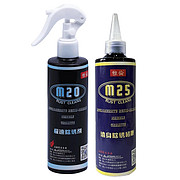
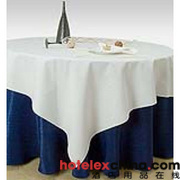



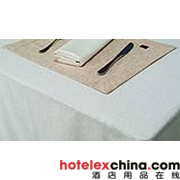

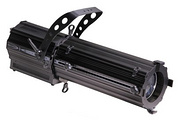


Service Hotline
Work Time:Mon-Fri 9:00-18:00
UTC+8

Sinoexpo Digital Platform
Copyright 2006-2024 Shanghai Sinoexpo Informa Markets International Exhibition Co., Ltd. All rights reserved
沪ICP备05034851号-77
 沪公网安备 31010402000543号
沪公网安备 31010402000543号